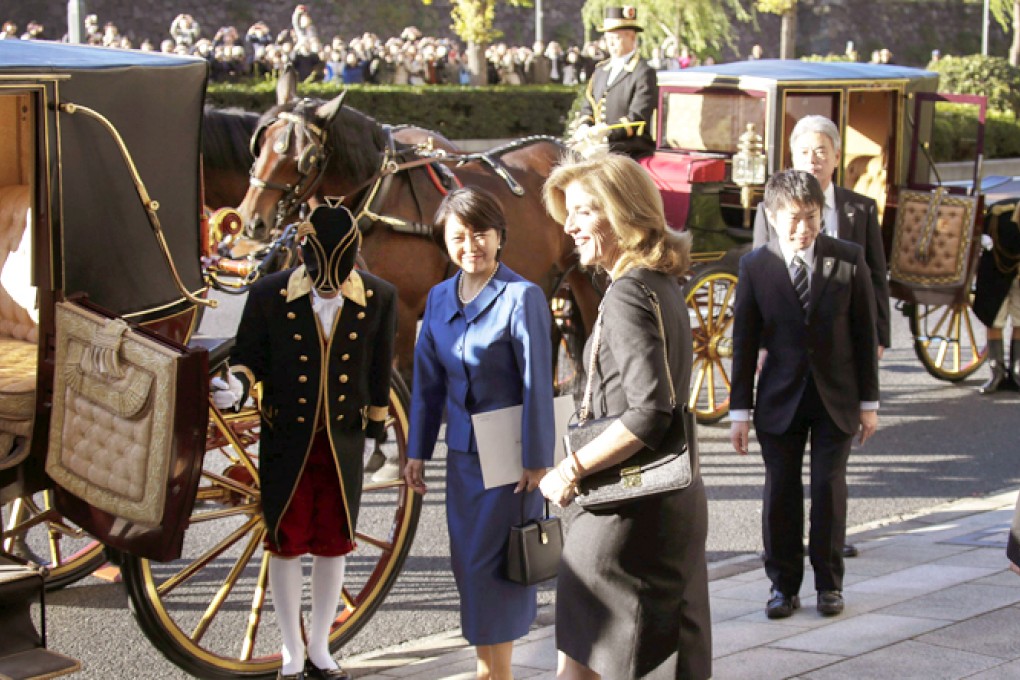New US ambassador Caroline Kennedy faces headache over Okinawa base move
Caroline Kennedy, the new United States ambassador to Japan, had no sooner stepped off the plane from Washington than she came face-to-face with her first diplomatic headache.

Caroline Kennedy, the new United States ambassador to Japan, had no sooner stepped off the plane from Washington than she came face-to-face with her first diplomatic headache.
And if the experiences of previous ambassadors are anything to go by, she will depart at some indeterminate point in the future with the issue of US bases in Okinawa still unresolved.

"The move to the Henoko district [in northeast Okinawa] was decided at a summit of the leaders of Japan and the US, so that is what is going to happen," Suga told Masatoshi Onaga, the head of the Liberal Democratic Party's chapter in the prefecture.
Media reports of the meeting, at the Diet building in Tokyo, said Suga added that "moving the base outside the prefecture is impossible".
The problem, for both Tokyo and Washington is that while they have both decided that Futenma will be closed and its troops, aircraft and related infrastructure will be shifted to an enlarged Camp Schwab at Henoko, local people and the prefectural and district governments are firmly opposed to the transfer.
The agreement on the relocation of the troops - as well as a related transfer of units based in Okinawa to South Korea, Guam and northern Australia - was initially agreed in 2006 and was meant to have been implemented by 2014. That deadline is clearly impossible to achieve, although analysts in Tokyo say the US would be wise not to try to force the issue.
